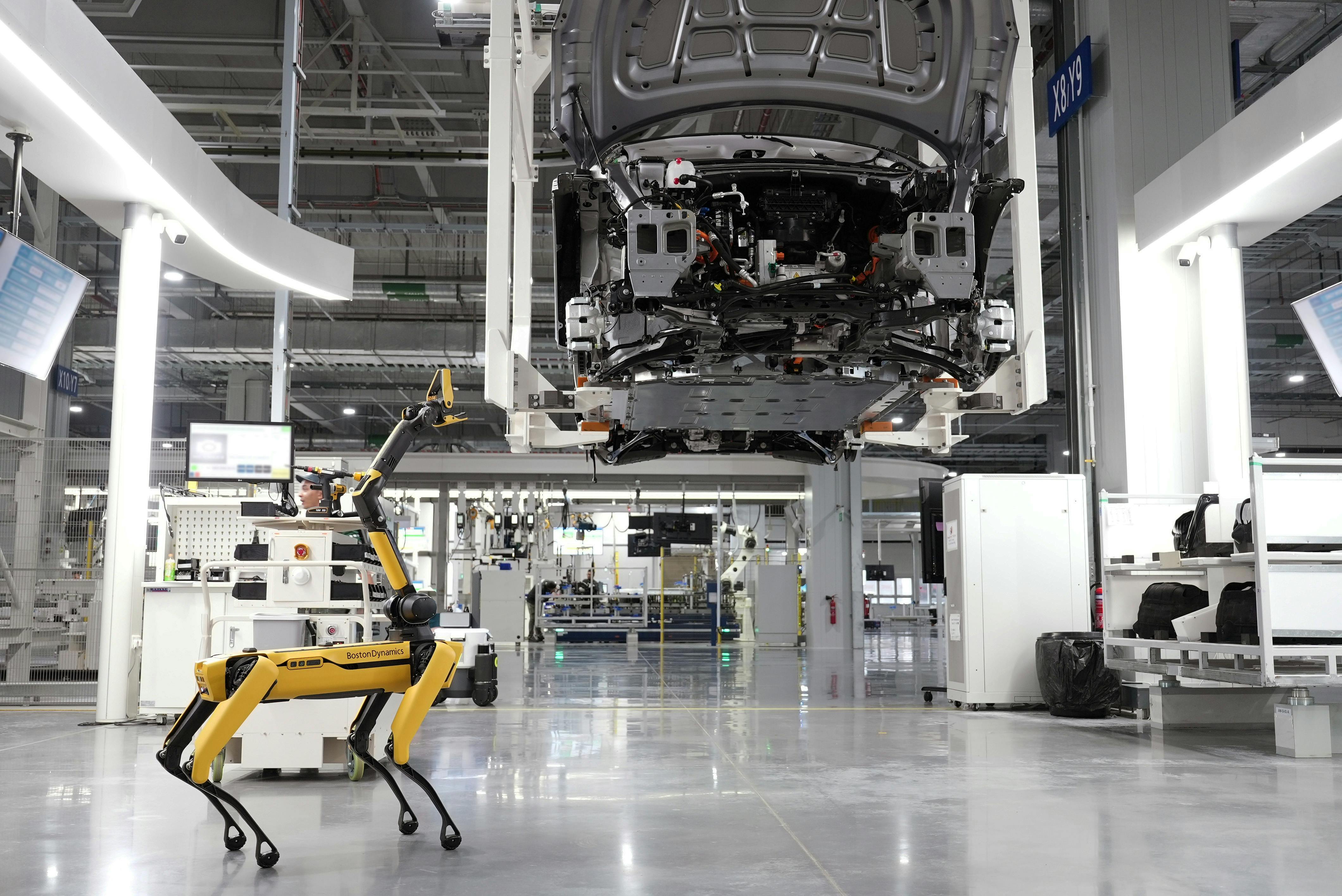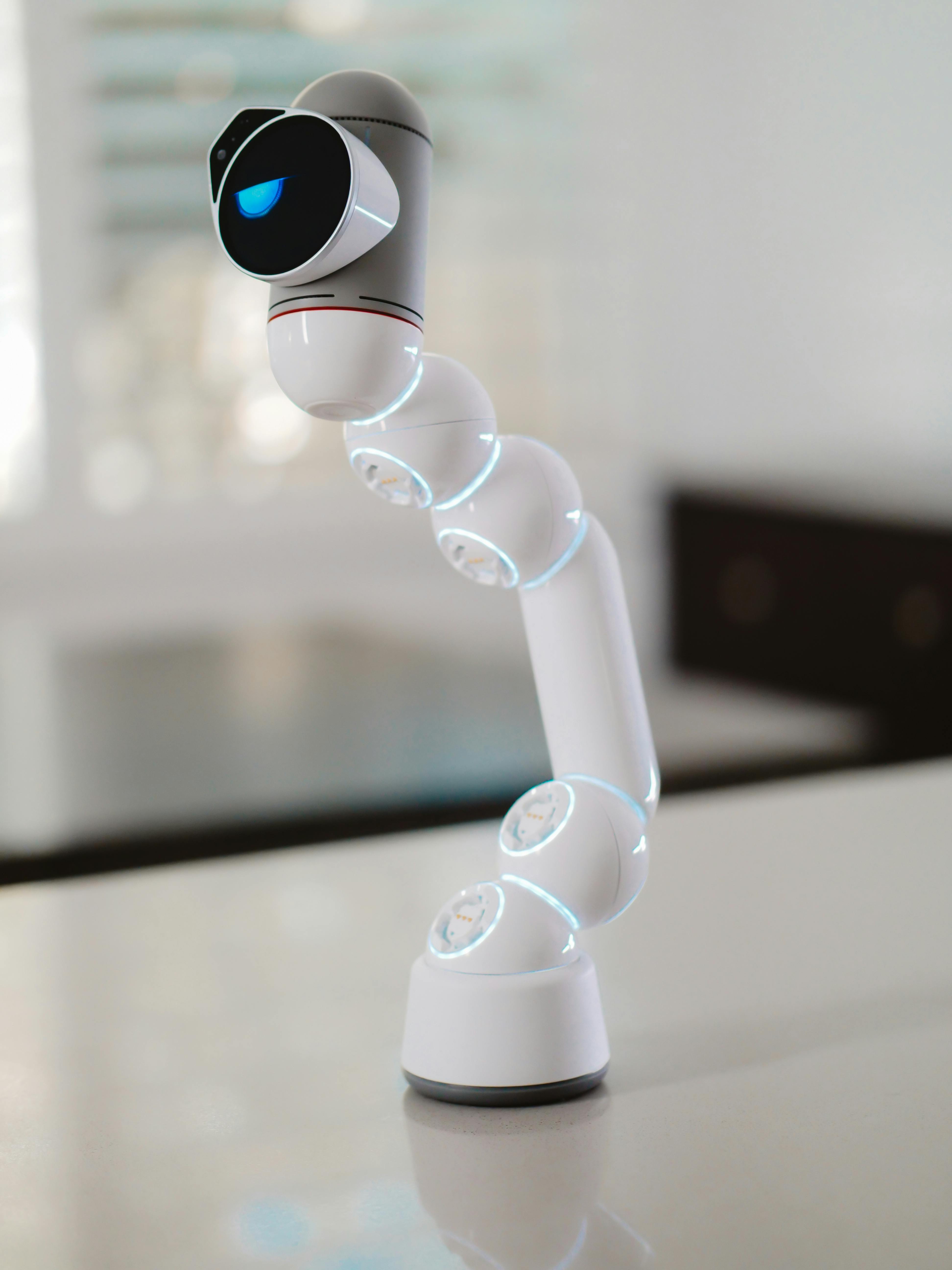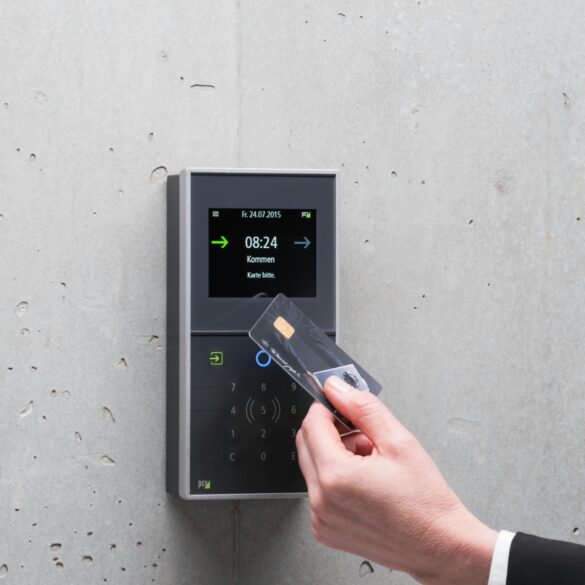Master Industrial IoT: Netherlands Experts’ Smart Manufacturing Guide
Ever feel like the whole “smart manufacturing” wave just keeps rolling in—no matter how much you think you’ve caught up? I’ve been in and out of Dutch factory floors, tech research centers, and boardroom brainstorming sessions for years now, and I’ll be honest: every conference, factory visit, or expert interview leaves me realizing there’s always more to learn (more mistakes to make, too). Especially when it comes to Industrial IoT—the backbone of future-ready manufacturing—expert insights from the Netherlands consistently top global best-practice lists. The Dutch didn’t just stumble into this. They’ve built some of the world’s most advanced IIoT factories by mixing deep technical rigor, cultural pragmatism, and relentless real-world testing. Today, I’ll share their step-by-step blueprint so you can sidestep common (and not-so-common) mistakes, accelerate ROI, and drive sustainable transformation in your own factory—no matter where you are in your journey.
Why the Netherlands Sets the IIoT Standard
Here’s a stat I can’t get out of my head: 68% of Dutch manufacturers report sustained productivity increases within 18 months of Industrial IoT implementation—a figure that outpaces Germany, France, and even the US1. Now, before we get sidetracked wondering if those numbers are “too good to be true,” I’ll walk you through exactly what sets Dutch IIoT culture apart. It’s not just about advanced tech—it’s the practical attitude, open collaboration model, and a national commitment to smart industry standards that matter most.
Key Insight: Dutch IIoT Success Formula
- Start with modular technology—avoid all-in bets
- Embrace external collaboration—not “DIY everything”
- Invest early in workforce digital upskilling
- Use evidence-driven KPIs (not just “digital dashboards”)
Did You Know? The Netherlands leads Europe in IIoT adoption for sustainable manufacturing, thanks to government-backed programs like “Smart Industry NL”2. Unlike some regions, Dutch policy couples innovation incentives with rigorous privacy, safety, and worker retraining standards.
“In Dutch factories, IIoT isn’t just technology—it’s a mindset. You must connect the human and machine, measure everything, and learn from every small failure, every day.”
Step 1: Laying the Digital Foundations
Let me step back for a moment. Before anyone starts plugging in sensors or signing cloud analytics contracts, the Dutch approach demands one critical, often-overlooked step: mapping your factory’s “digital DNA.” Back in 2019, I watched a midsize plastics plant spend three months (yes, months—not weeks) just on network assessment, cyber risk audit, and process mapping. Why? Because the real pain comes later if you skip this. Dutch experts prioritise industrial Ethernet, secure wireless, and robust edge-computing layers—never skimping on baseline connectivity, no matter the cost or schedule pressure3.
- Audit legacy machines: document PLCs, protocols, firmware
- Assess network reliability: test bandwidth, interference, fallback routes
- Inventory data links: label every endpoint, sensor, edge device
This sounds slow. Actually, it’s a game-changing mistake-avoidance tactic. And, truthfully, most global IIoT failures come from skipping these digital groundworks—a fact Dutch engineers mention at almost every project kickoff. Anyone who’s rushed this step quickly finds themselves stuck in “pilot purgatory” where progress halts because the basics are unstable.
Personal Insight: On Legacy Machines
“Just yesterday, I talked with a Dutch project manager who spent weeks coaxing data out of 1988 CNC controllers—proof that you can’t rush foundational prep. Legacy isn’t a barrier; it’s a data opportunity if you treat it right.”
Step 2: Mapping IIoT Solutions for Your Factory
Okay, once the digital framework is set, what’s next? The reality (and here’s where Dutch pragmatism shines) is that the “coolest tech” is never the starting point. Instead, Dutch experts focus on building a factory-specific IIoT roadmap—identifying operational pain points, defining measurable goals, and matching solutions based on cost, utility, and future scalability.
“Don’t get dazzled by AI or cloud deployment. Start with your own factory’s bottlenecks, process flows, and downtime history. Only then pick your IIoT tools.”
And there’s more: The best Dutch factories deploy pilots using the “minimum viable ecosystem”—testing just enough sensors, gateways, and analytics to prove real-world ROI before scaling up—a method that seems obvious but saves a fortune (and loads of drama) in the long run.
Step 3: Overcoming Barriers to Adoption
Anyone who’s ever tried to push IIoT past the “proof of concept” stage knows this: the toughest barriers almost always involve people, not just tech. Here’s the thing though—Dutch experts address resistance head-on by building IIoT into everyday factory culture (not just management emails or tech team presentations). I remember a heated team lunch in Rotterdam where line workers grilled project leads about whether predictive maintenance would actually save jobs. That honest skepticism, openly welcomed, is fundamental to Dutch IIoT success. Unlike most regions, the Netherlands backs digital upskilling with government funding and open-source training centers4.
- Transparent workforce retraining plans—every employee sees the benefits
- Unions and works councils involved from the first planning stage
- “Shadow pilots”—where skeptical teams run parallel legacy & IIoT processes to prove improvement
Personal Reflection: Real World Barriers
Here’s what gets me—industry outsiders almost always underestimate the culture shift required to make IIoT stick. My biggest professional mistake? Underpreparing for staff resistance during one of my first IIoT rollouts in Utrecht. The engineers were brilliant, the tech flawless, but factory staff didn’t trust the system—so adoption stalled. I learned: human adaptation is just as critical as technical integration5.
Moving on, Dutch IIoT teams leverage KPIs that matter to the shop floor—not just C-suite dashboards. Common metrics? “Unplanned downtime saved,” “energy use reductions,” “predictive maintenance alerts acted upon,” and “operator-reported process improvements.” Notably, Dutch smart factories publish these KPIs openly, building cross-team trust that fuels ongoing innovation (and yes, sometimes heated debate).
Did You Know? In the Netherlands, works councils have legal authority to approve or reject digital transformation plans, giving workforce concerns real power over IIoT deployment6.
Step 4: Measuring Value and Scaling Success
Let’s take a breather and step back for a moment. If you’ve made it as far as a working pilot or small-scale deployment, the next challenge is measuring (and selling) business value. Dutch experts use detailed value matrices—mapping cost, time, risk, and impact for every IIoT solution, regularly benchmarking against European peers and historical internal data.
| Metric | Pre-IIoT Value | Post-IIoT Improvement | Dutch Benchmark |
|---|---|---|---|
| Unplanned Downtime (hours/month) | 18 | 4 (78% reduction) | 4 |
| Energy Consumption (kWh/unit) | 2.4 | 1.2 (50% reduction) | 1.15 |
| Predictive Maintenance Alerts Actioned (%) | 15 | 89 | 88 |
According to the Dutch Smart Industry report, factories that measure and publicize KPIs see a 23% higher employee engagement rate7. This may sound like corporate fluff, but having watched Dutch teams debate real numbers at the end of every quarter (sometimes with coffee, sometimes with tears), I can promise—data storytelling matters.
“Measurement is the difference between digital transformation and digital hype. In Dutch manufacturing, we update our value matrix every quarter—no exceptions.”
Action Step: Building a Simple IIoT Value Matrix
- List operational pain points
- Assign quantifiable metrics (cost, time, efficiency, safety)
- Document changes every quarter—good and bad
This is “boring work”—but it’s absolutely crucial for moving IIoT from small pilot to enterprise-wide change.
Future-Proofing: Dutch Approaches to Continuous IIoT Innovation
The more I consider this, the more convinced I am: Dutch IIoT leadership isn’t built on one-time wins but relentless micro-innovation. Every project includes quarterly retraining, hacker-style peer review, and cross-industry learning exchanges (yes, sometimes involving cheese and beer). Interestingly enough, Dutch IIoT teams often rotate staff between plants, sharing lessons learned, mistakes made, and fresh ideas—a model that’s now trending in Scandinavia, Flanders, and Singapore8.
- Quarterly “lessons learned” workshops—with open admission of mistakes
- Regular cross-sector innovation challenges
- Government-sponsored “second chance” funding for failed pilots
- Ongoing peer-to-peer staff rotation across factories and regions

Global Case Studies and Actionable Takeaways
Having worked closely with Dutch IIoT consultants, I’ve watched the step-by-step approach adapt beautifully outside the Netherlands. Last month, during a client debrief, a UK automotive plant shared how borrowing the Dutch “minimum viable ecosystem” strategy shaved six months off their pilot. Meanwhile, a Singapore electronics manufacturer used Dutch-style quarterly reporting to build cross-team trust and drive consistent technical improvement.
Case Study: IIoT Retrofit in Germany
In 2023, a midsize German textile factory adopted Dutch-style “legacy-first” IIoT upgrades. Rather than tossing old looms, they spent weeks documenting Ethernet cable runs, PLC software, and sensor placement. Six months later, unplanned downtime dropped 70%, and workers reported higher job satisfaction9. Skeptical at first, local union leaders became project champions—a recurring Dutch pattern now spreading across Europe.
“Our biggest win came not from the technology, but from listening to the Dutch experts and making workers the heart of the IIoT journey.”
Case Study: Dutch-Singapore Collaborative Pilot
In early 2024, Dutch IIoT engineers co-led a data-driven pilot with Singapore’s JTC Corporation. By focusing on transparent failure reporting, shadow pilots, and joint staff training, the project exceeded all initial KPIs, including energy reductions and predictive maintenance accuracy10. What excites me is the cross-pollination of best practices—Dutch expertise fueling rapid innovation in Asia.
Featured Snippet: What Makes Dutch IIoT Success Replicable?
- Start with legacy audit and digital mapping
- Test solutions in “minimum viable ecosystem” pilots
- Engage staff, unions, and works councils early
- Publicize KPIs and quarterly improvement stories
- Share failures and micro-innovations in open forums
Funny thing is, when I compare the Dutch IIoT method with its US or Chinese counterparts, the real difference is cultural: Dutch factories treat mistakes as learning currency, not shame. A manager from Eindhoven once told me, “Data matters. But stories about mistakes drive change.”
| Region | IIoT Adoption Rate (%) | Avg. Time to ROI (months) | Staff Engagement Index |
|---|---|---|---|
| Netherlands | 82 | 10 | 93 |
| Germany | 74 | 14 | 81 |
| USA | 68 | 16 | 69 |
| Singapore | 77 | 12 | 87 |
Let that sink in for a moment. Dutch IIoT adoption isn’t just faster—it’s more engaging, more sustainable, and more human-centric. What really strikes me: the relentless sharing culture, open government-industry dialogue, and sincere acceptance of project hiccups.
Prompts for Your Own IIoT Journey
- What legacy data sources are “hidden” in your factory?
- Who are your biggest IIoT skeptics, and how can you include them?
- What KPIs actually matter on the shop floor versus in the boardroom?
- How has your factory handled digital failures, and how are they documented?
“Dutch smart factories measure, improve, and share lessons—good and bad. That’s why their IIoT process is always evolving.”
Conclusion & Further Resources
Where do you even start with making sense of Dutch IIoT mastery? For me, it boils down to six essential lessons that aren’t just “how-to’s”—they’re mindset shifts with lasting impact:
Six Essential Takeaways for IIoT Success
- Don’t rush digital groundwork—treat every sensor and data point with respect
- Bring the workforce along—upskill, engage, and let skepticism drive improvement
- Focus on pilot projects that prove real operational ROI, not just flashy tech wins
- Measure, report, and iterate on KPIs—share every result, not just the good news
- Treat mistakes as learning—document, discuss, and build “second chance” strategies
- Future-proof through continuous peer review and cross-sector knowledge sharing
On second thought, success isn’t about perfection—it’s about persistent learning. The Dutch model shows us that a culture rich in open debate, retraining, and collaborative adaptation will always outperform high-budget, low-trust hi-tech rollouts. That’s not theory. It’s lived experience.
One final point: No expert, Dutch or otherwise, gets this right on the first try. Every IIoT journey cycles through setbacks, risks, and near-disasters. But if you borrow the Dutch combination of technical rigor and cultural humility, you’ll be equipped for anything: digital transformation, sustainability pivots, or the next big unplanned downtime event.
“The best IIoT teams keep learning—together. Ignore the hype, focus on trustworthy data, and don’t be afraid to admit what isn’t working. That’s the Dutch way.”
References & Further Reading
References



